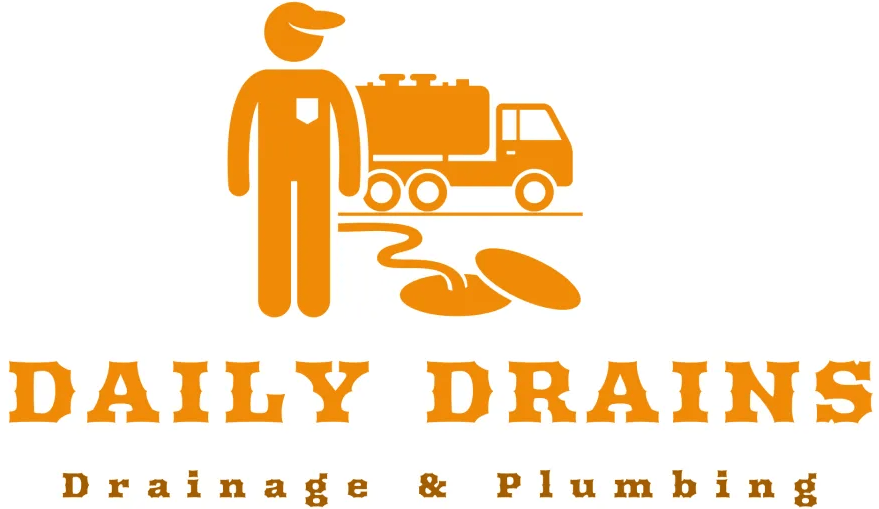
Professional Sewage Treatment Solutions
At Daily Drains we have a wealth of experience when it comes to the installation of all things drainage which would include but not be limited to septic tanks, cesspits and sewage treatment plants. Not only can we install all of the aforementioned but we can also maintain them for you to make sure they’re working all year round.
We’ll consult with you when it comes to an installation and callaborate with you over every aspect of the process with complete transparency. Firstly though we’ll gage exactly what it is your looking for and then propose a tailor made solution for you.
When you need maintenance carried out on your treatment plant then we can work on an appointment basis where it’s arranged upfront or as and when you need us.

